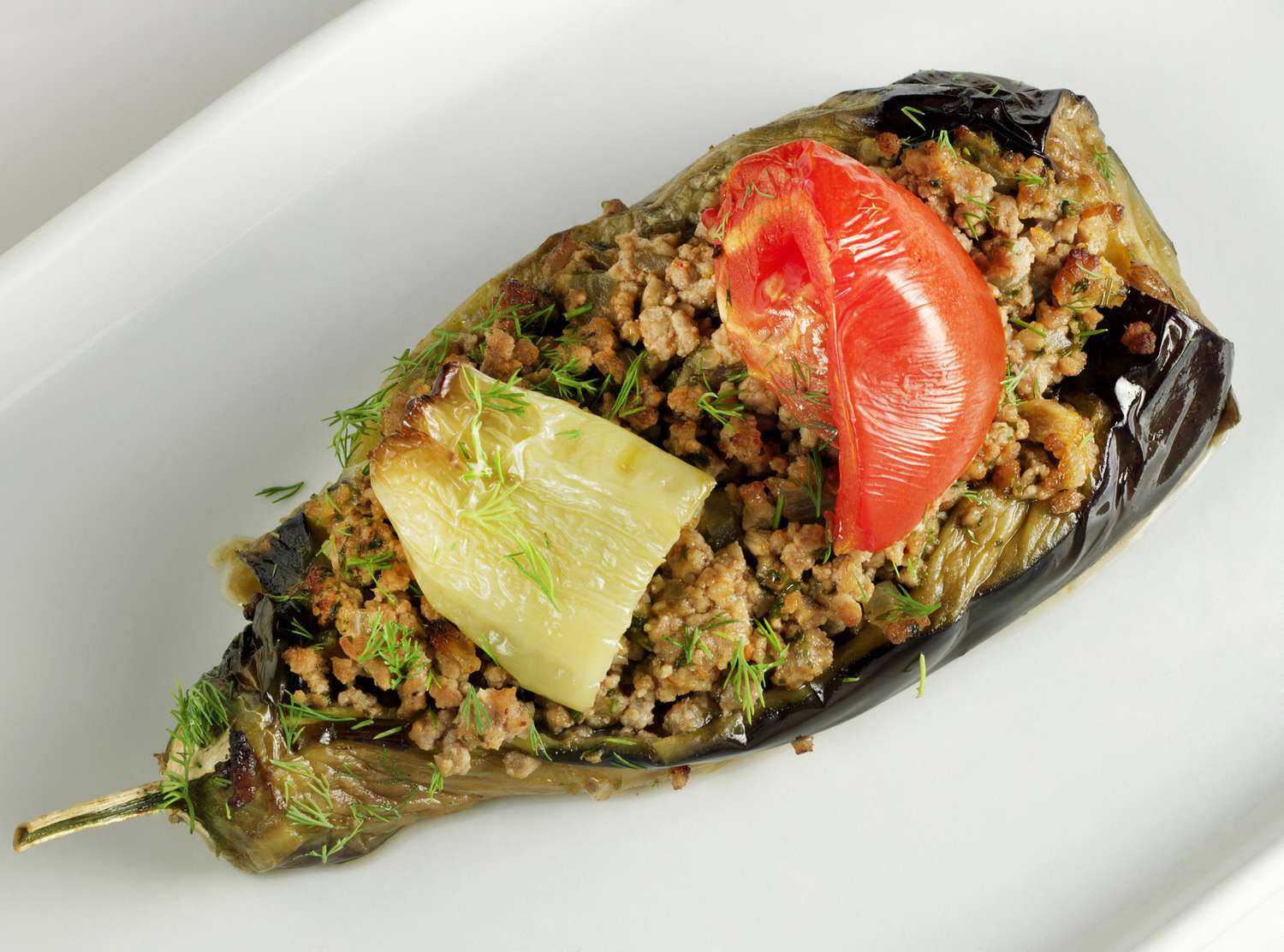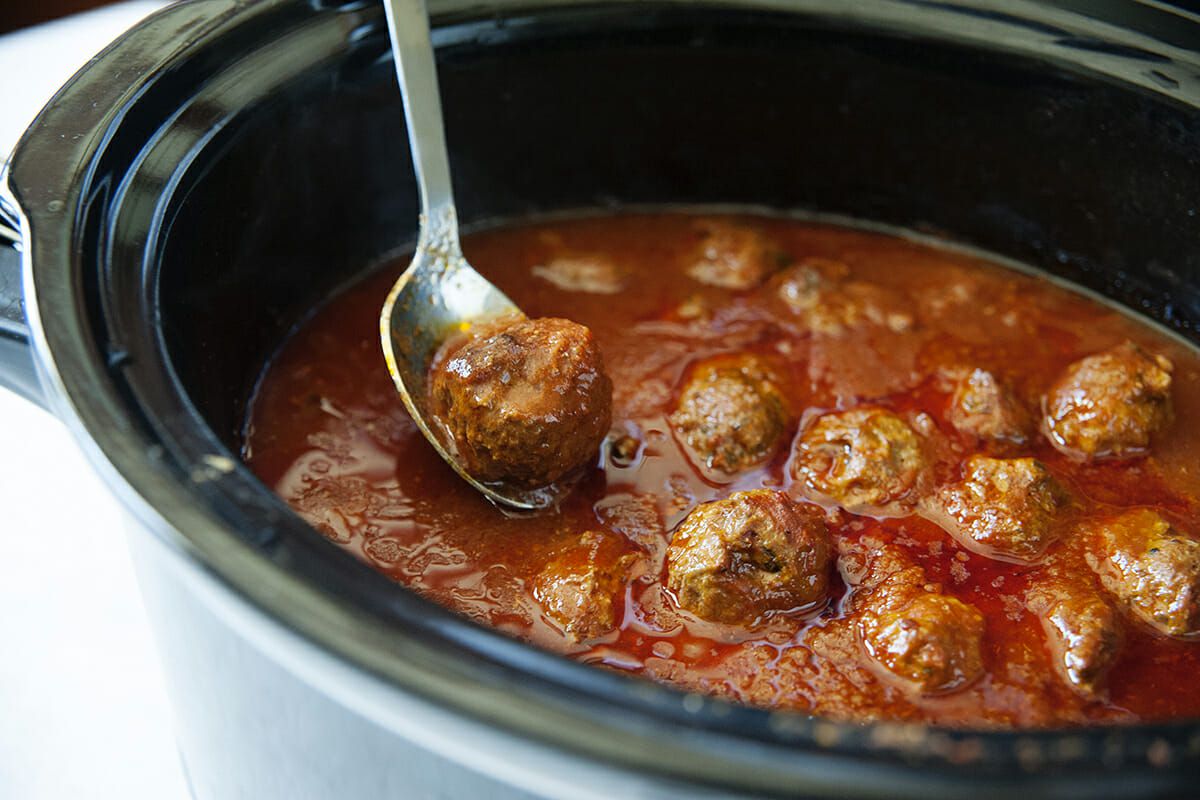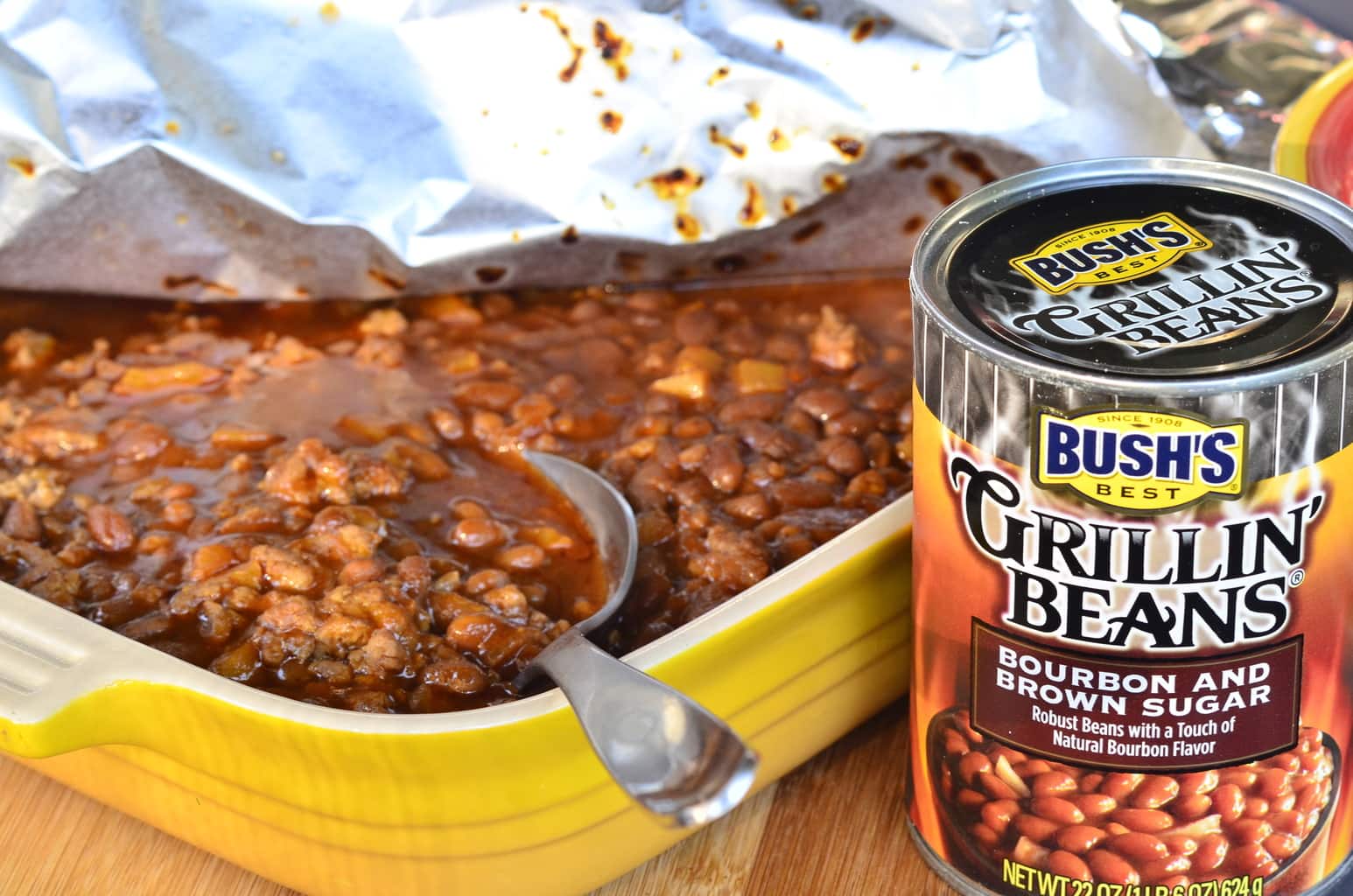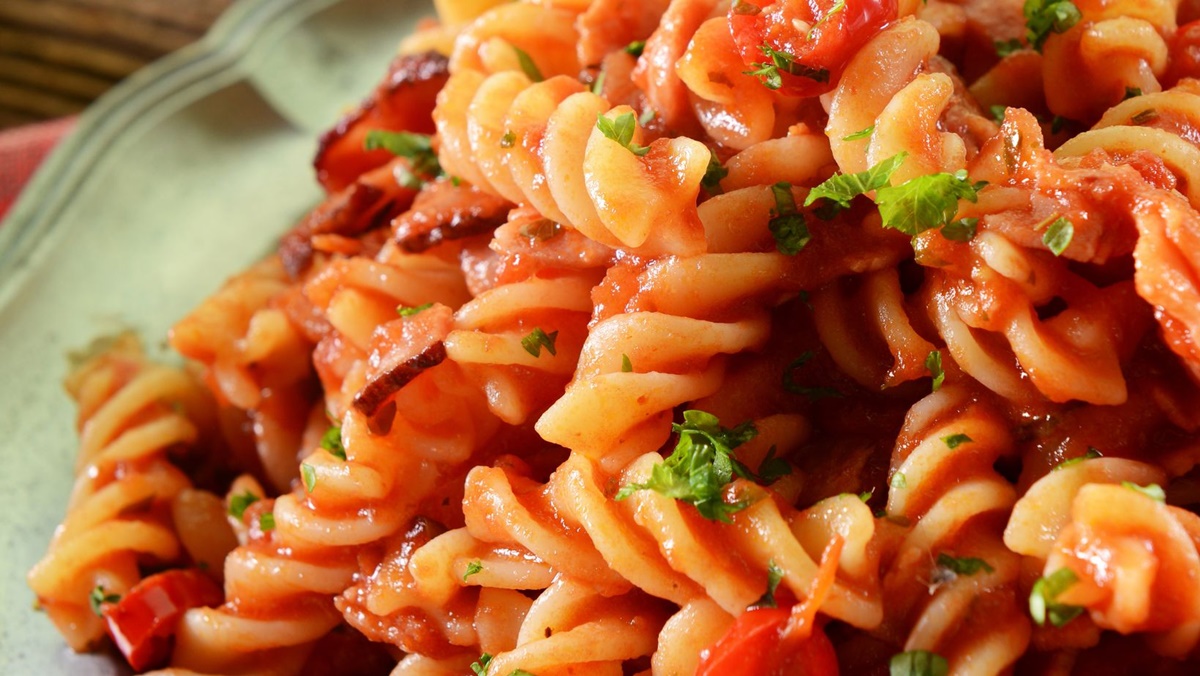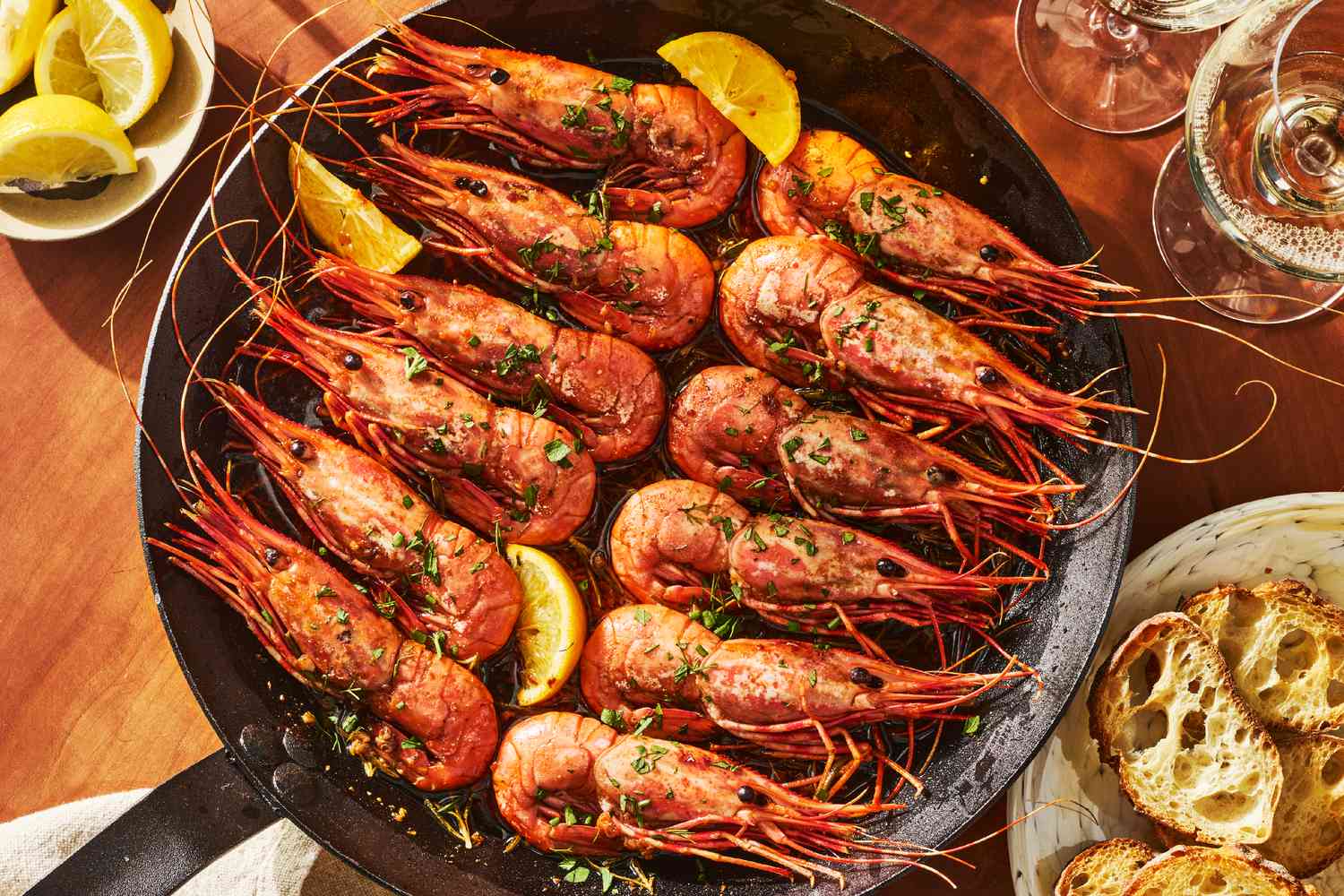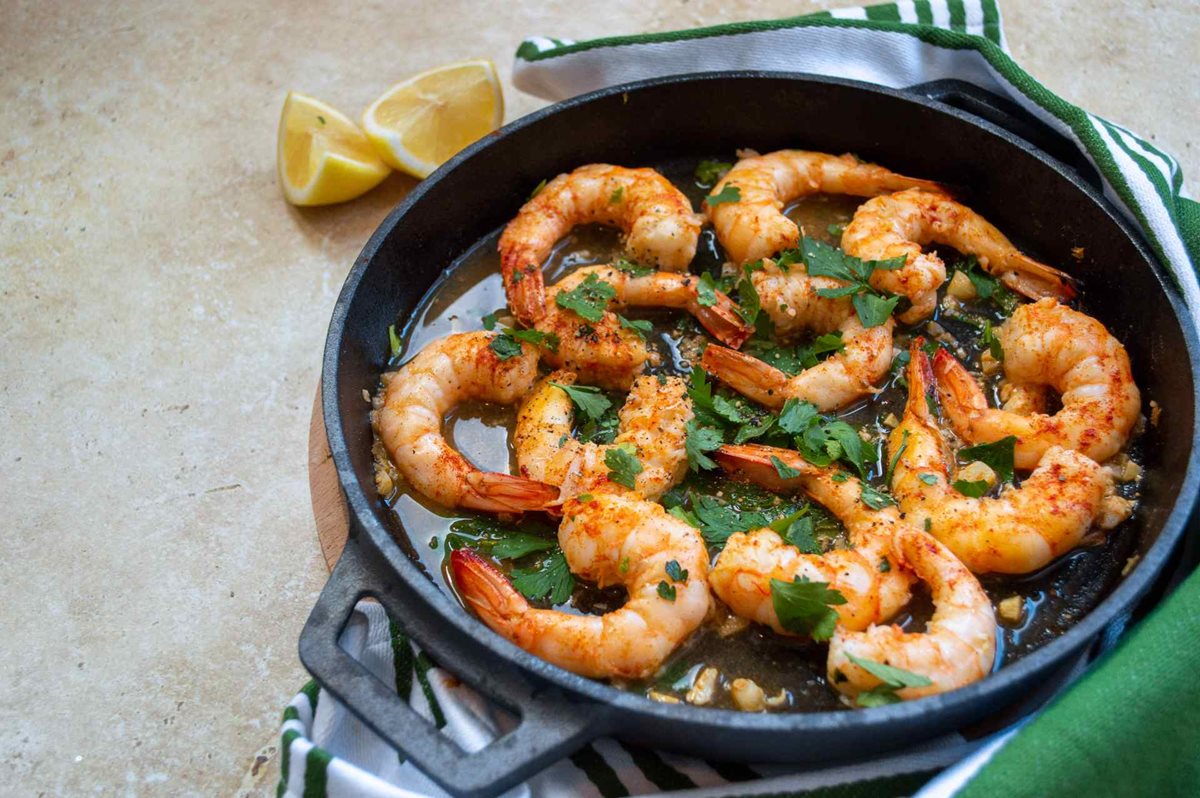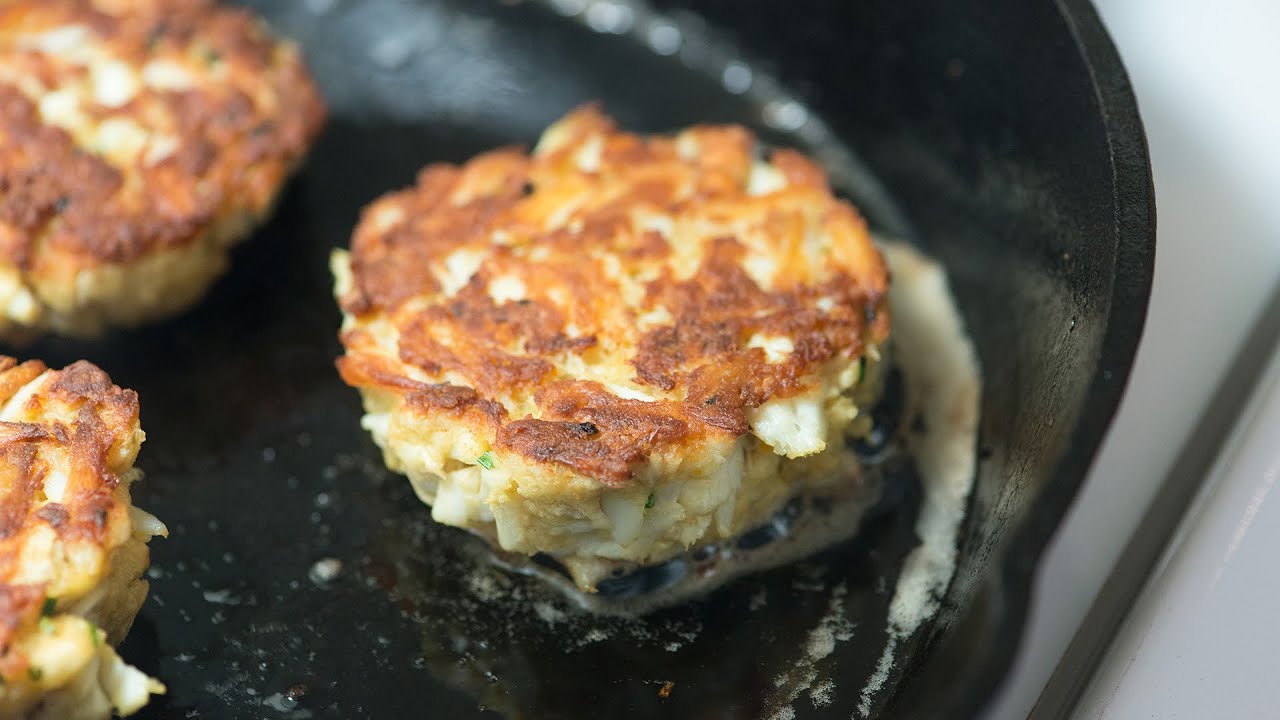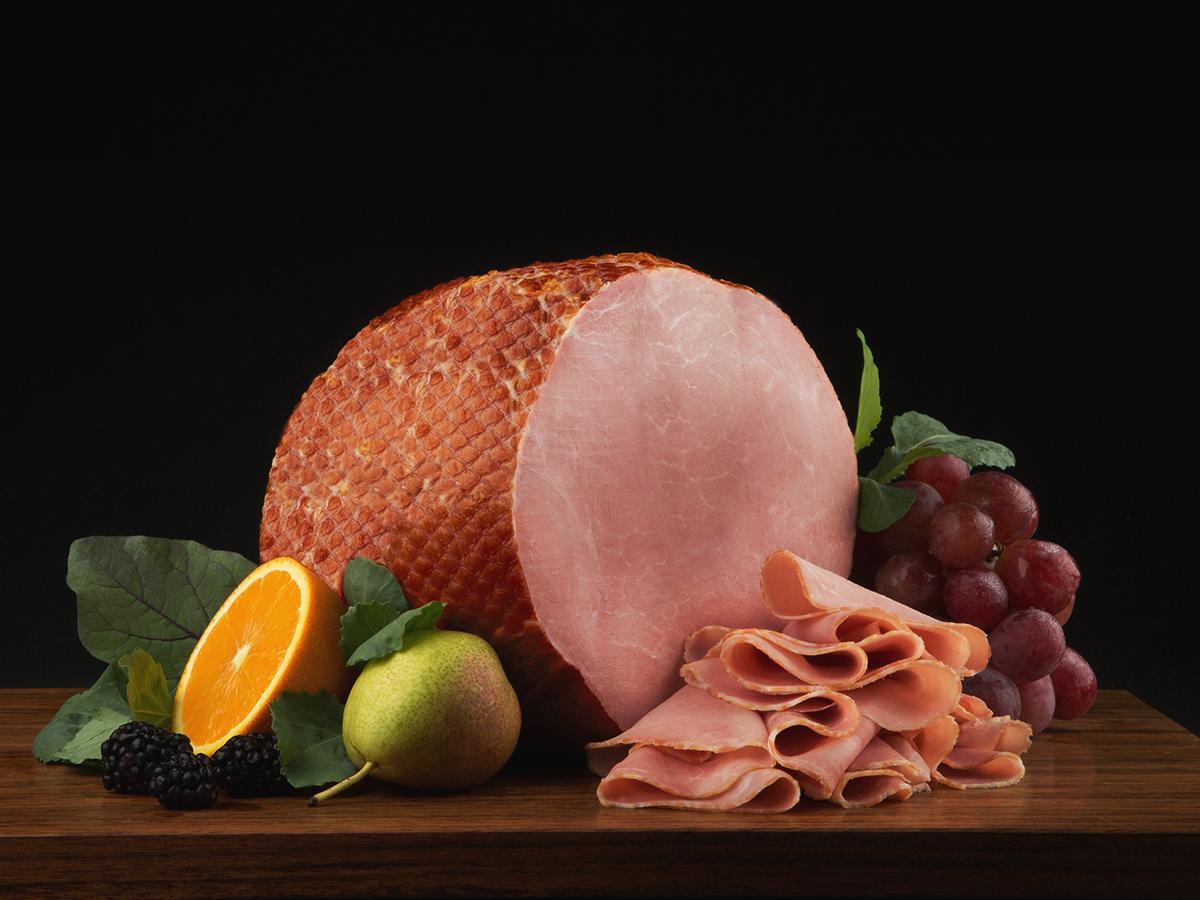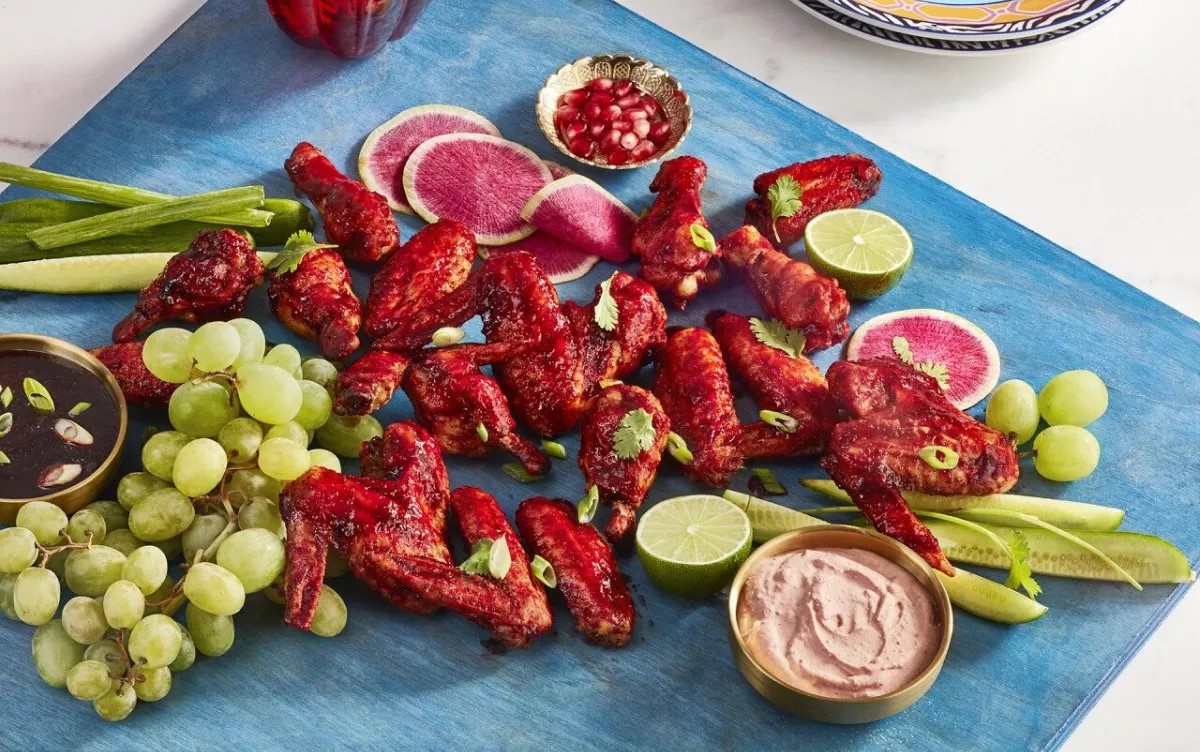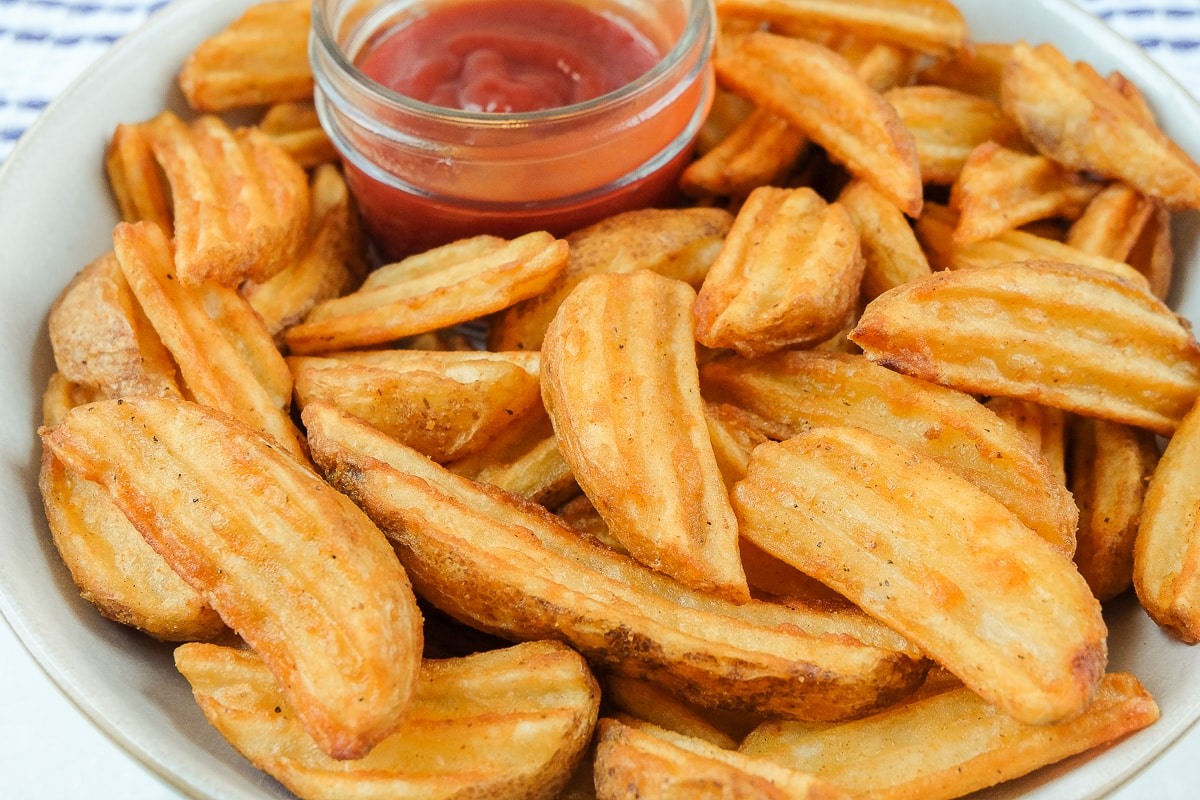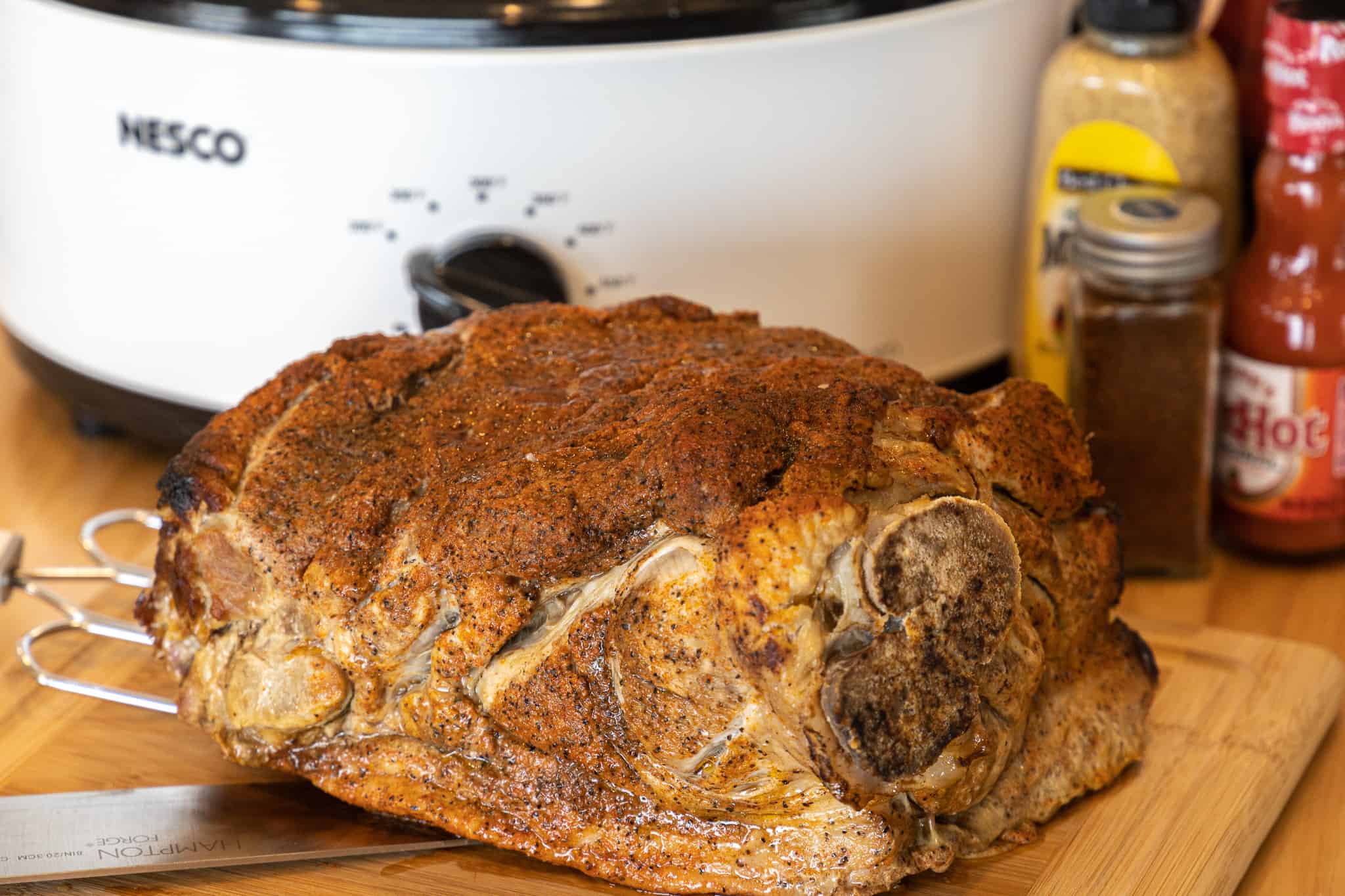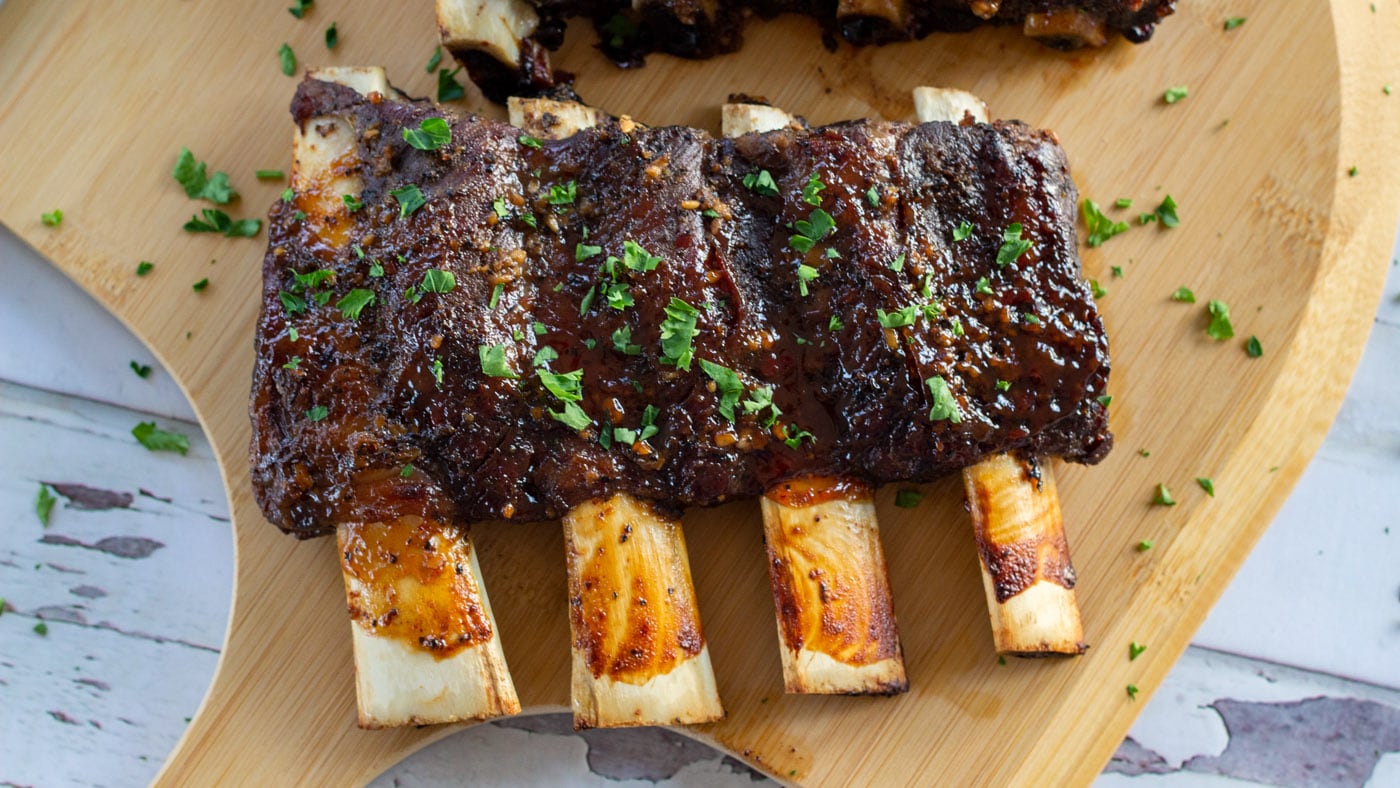Cooking Sandhill Crane breast, often dubbed "ribeye of the sky," offers a unique culinary adventure. This game bird, celebrated for its rich, lean meat, requires a blend of simplicity and finesse to unlock its full flavor potential. Whether you're a seasoned chef or a curious food enthusiast, mastering the art of preparing this delicacy can transform your dining experience. From selecting the perfect cut to applying the right cooking techniques, every step matters. Embrace the journey of bringing this exquisite meat from the wild skies to your dinner table, ensuring a savory, memorable meal that might just become a new favorite.
Gather Your Ingredients
- 2 Sandhill crane breasts
- Salt
- Black pepper
- Olive oil
- 2 cloves garlic, minced
- 1 sprig fresh rosemary
- 1/2 cup red wine
- 2 tablespoons balsamic vinegar
- 1 tablespoon honey
- Butter
Essential Tools for Cooking
- Sharp Chef's Knife
- Cutting Board
- Meat Tenderizer or Mallet
- Skillet (preferably cast iron)
- Meat Thermometer
- Tongs
- Paper Towels
For perfectly cooked Sandhill crane breast, sear on high heat quickly, then finish in the oven at 375°F until medium-rare. This method locks in flavor and ensures tenderness.
The Art of Cooking Sandhill Crane Breast
Cooking Sandhill Crane Breast is a culinary adventure that honors this unique game bird, often dubbed the "ribeye of the sky" for its rich, beef-like flavor. Chefs and home cooks alike cherish the opportunity to work with such a distinctive ingredient, elevating their dishes with its deep, savory taste.
This practice not only showcases culinary skills but also emphasizes sustainable hunting and respect for wildlife. By utilizing every part of the bird, cooks demonstrate a commitment to ethical consumption, ensuring that the beauty and diversity of nature are preserved for future generations to enjoy.
Your Step-by-Step Cooking Guide
- Select fresh Sandhill crane breast; ensure meat is clean and free from feathers.
- Prepare a marinade combining olive oil, garlic, rosemary, and black pepper in a bowl.
- Submerge the breast in the marinade, ensuring it's fully coated. Refrigerate for at least 4 hours, or overnight for best results.
- Preheat your grill to a medium-high temperature, aiming for around 375°F (190°C).
- Remove the breast from the marinade, letting excess drip off. Discard any remaining marinade.
- Place the breast on the grill. Cook for 6 to 7 minutes on each side, or until the internal temperature reaches 165°F (74°C).
- Rest the meat for 5 minutes before slicing. This step allows juices to redistribute, ensuring the meat is moist and flavorful.
- Serve immediately after slicing for the best taste and texture.
A Culinary Adventure Ends
Cooking Sandhill crane breast is an adventure that brings a unique flavor to your table. This guide aimed to simplify the process, ensuring even first-timers can achieve succulent results. Remember, marinating is key to enhancing the taste, while careful monitoring during cooking prevents overcooking. Whether you choose to grill, roast, or pan-sear, each method promises a delightful experience. Pairing with the right sides elevates the dish, making it a memorable meal. As you embark on this culinary journey, let creativity and passion guide you. Here's to hoping your kitchen becomes a place of exploration and joy, with Sandhill crane breast as a delicious testament to your adventurous spirit. Happy cooking, and may each bite be a reminder of the wild, wonderful flavors nature offers.
For those keen on mastering Sandhill crane breast, there are some standout recipes to try. Grilled Sandhill Crane Breast with Cranberry Compote offers a delightful balance of smokiness and tartness, perfect for a BBQ night. If you prefer a quick and flavorful option, Pan-Seared Sandhill Crane Breast with Garlic and Herbs is your go-to, bringing out the natural flavors with minimal fuss. For a more elegant touch, Sandhill Crane Breast Carpaccio with Arugula and Parmesan provides a sophisticated appetizer that's sure to impress. And don't miss Sandhill Crane Breast with Balsamic Glaze and Roasted Vegetables for a hearty, well-rounded meal. These recipes not only highlight the unique taste of Sandhill crane but also offer a range of cooking techniques to expand your culinary skills.
All Your Questions Answered
How long does it take to cook Sandhill Crane breast?
Cooking Sandhill Crane breast is pretty quick and straightforward. On a hot skillet, it'll take about 4 to 6 minutes per side to get that perfect medium-rare, which is what you're aiming for. Remember, overcooking can turn it tough and chewy.
What's the best way to season Sandhill Crane breast?
Keep it simple to let the natural flavors shine. Salt, pepper, and a touch of garlic powder do wonders. For a bit of zest, add some lemon juice or zest right before serving. Trust me, less is more here.
Can I marinate Sandhill Crane breast, and if so, for how long?
Absolutely, marinating can add depth to the flavor. A mix of olive oil, balsamic vinegar, garlic, and your favorite herbs for up to 24 hours works magic. Just don't go past that; you don't want to overpower the delicate taste.
Is there a specific cooking method that works best for Sandhill Crane breast?
Pan-searing is top-notch for getting that delicious crust while keeping the inside juicy. Grilling is another fantastic option, especially if you're after those charred edges. Both methods highlight the meat's rich flavor.
How do I know when the Sandhill Crane breast is done cooking?
The best bet is using a meat thermometer. You're looking for an internal temperature of 145°F for that perfect medium-rare. Also, the meat should feel firm yet springy to the touch. When in doubt, less cooking time is better than more.
What side dishes pair well with Sandhill Crane breast?
You've got loads of options. Roasted vegetables, a simple quinoa salad, or mashed potatoes make for a hearty meal. For something lighter, a crisp green salad complements the meat's richness beautifully.
Any tips on ensuring the Sandhill Crane breast stays moist and tender?
First off, don't skip resting it after cooking; five minutes should do. This lets juices redistribute. Also, consider cooking it sous-vide before searing if you're up for it. This method guarantees moisture is locked in, making for an unforgettable meal.
Was this page helpful?
Read Next: How To Cook Roast Beef In Ninja Foodi Uk
